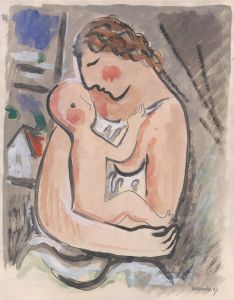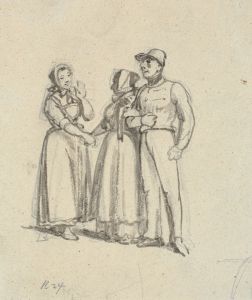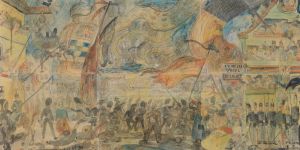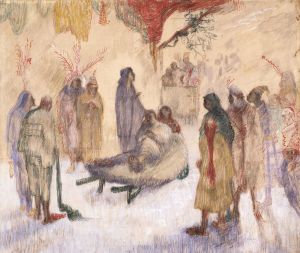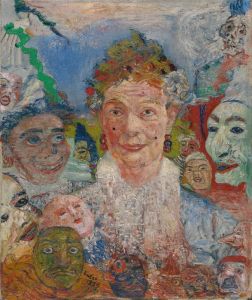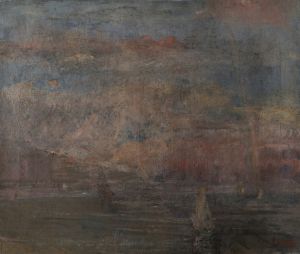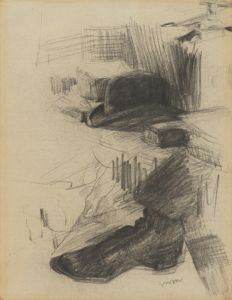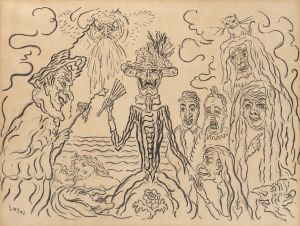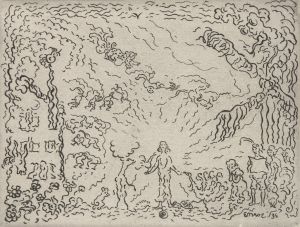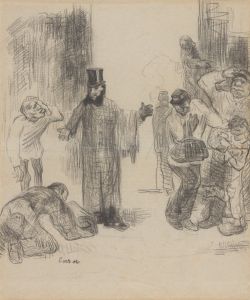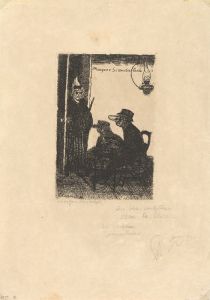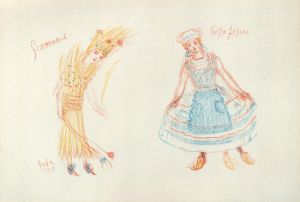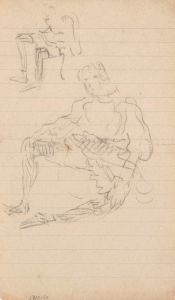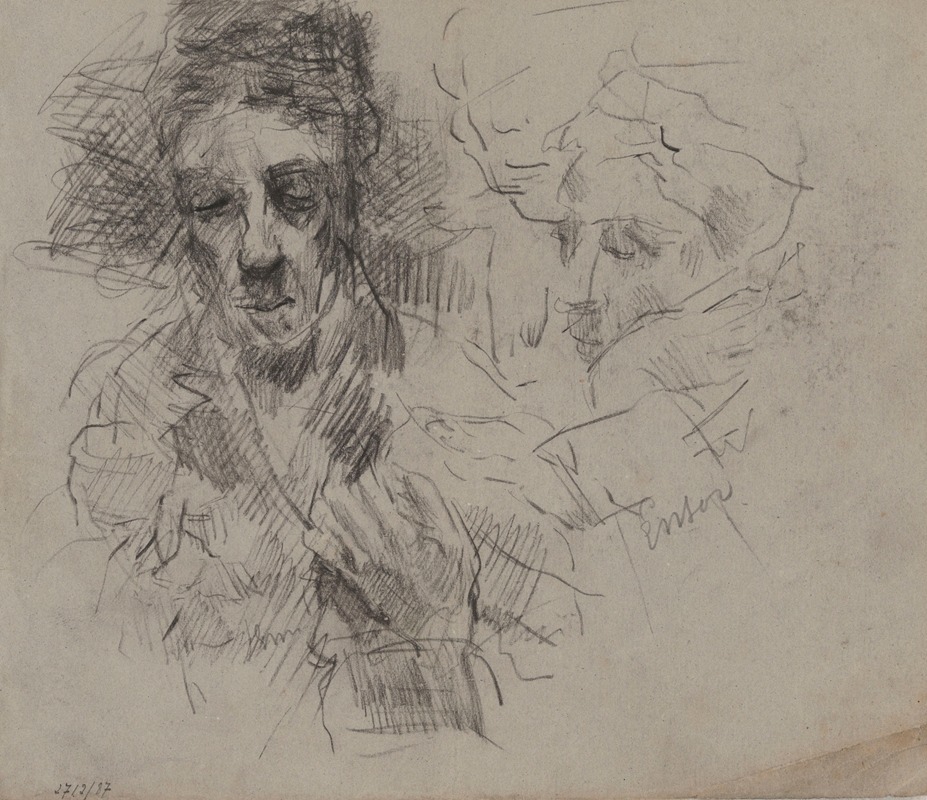
Ensor’s Mother
A hand-painted replica of James Ensor’s masterpiece Ensor’s Mother, meticulously crafted by professional artists to capture the true essence of the original. Each piece is created with museum-quality canvas and rare mineral pigments, carefully painted by experienced artists with delicate brushstrokes and rich, layered colors to perfectly recreate the texture of the original artwork. Unlike machine-printed reproductions, this hand-painted version brings the painting to life, infused with the artist’s emotions and skill in every stroke. Whether for personal collection or home decoration, it instantly elevates the artistic atmosphere of any space.
"Ensor’s Mother" is a painting by the Belgian artist James Ensor, created in 1888. James Ensor (1860-1949) was a prominent figure in the Belgian avant-garde movement and is often associated with the Symbolist and Expressionist movements. He is best known for his innovative use of color and his unique, often satirical, approach to subject matter.
The painting "Ensor’s Mother" is a portrait of Ensor's mother, Maria Catherina Haegheman. Ensor's family played a significant role in his life and work, and his mother, in particular, was a frequent subject in his art. The painting is an intimate portrayal, capturing the essence of his mother with a sense of realism and personal connection. Ensor’s use of light and shadow in the painting highlights his mother’s facial features, giving the work a lifelike quality that reflects his skill in portraiture.
Ensor’s style in this painting is characterized by his attention to detail and his ability to convey emotion through subtle expressions and gestures. The color palette is relatively subdued compared to some of his later works, which are known for their vibrant and sometimes jarring use of color. In "Ensor’s Mother," the tones are more muted, which adds to the intimate and personal nature of the piece.
The painting is significant not only as a representation of Ensor’s technical abilities but also as an insight into his personal life and the influence of his family. Ensor lived in Ostend, Belgium, for most of his life, and his family ran a curiosity shop that sold souvenirs, carnival masks, and other items. This environment had a profound impact on Ensor’s artistic development, as seen in his later works that often feature masks and carnival imagery.
"Ensor’s Mother" is part of the collection at the Royal Museum of Fine Arts in Antwerp, Belgium. The museum houses an extensive collection of Ensor’s works, providing a comprehensive overview of his artistic evolution. This particular painting is an important piece within the collection, as it showcases Ensor’s early style and his ability to capture the human condition with sensitivity and depth.
Throughout his career, Ensor was known for his unconventional approach and his willingness to challenge artistic norms. While "Ensor’s Mother" is more traditional in its execution compared to some of his later, more avant-garde works, it remains a testament to his versatility as an artist. The painting continues to be studied and appreciated for its technical merit and its emotional resonance.
In summary, "Ensor’s Mother" by James Ensor is a poignant and skillful portrait that reflects the artist’s deep connection to his family and his mastery of portraiture. It stands as a significant work within Ensor’s oeuvre and offers valuable insight into the personal influences that shaped his artistic journey.





